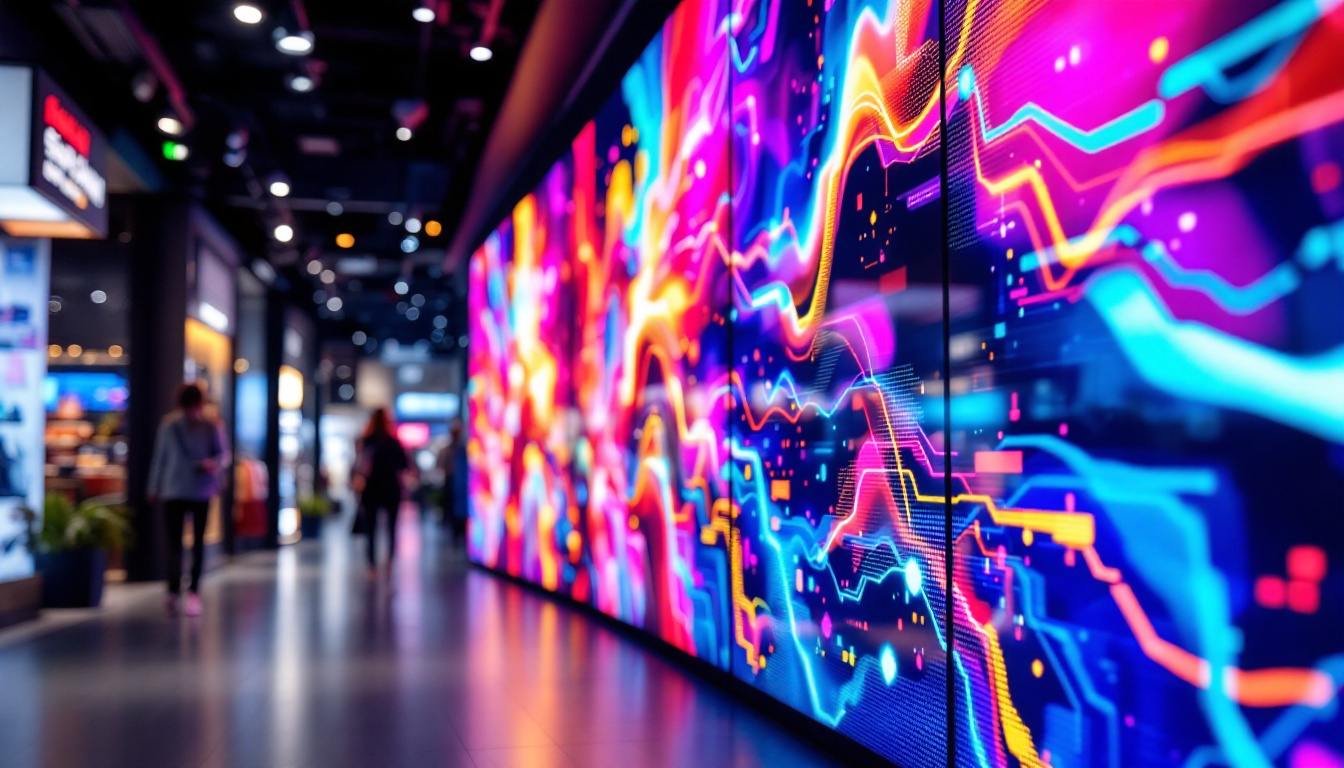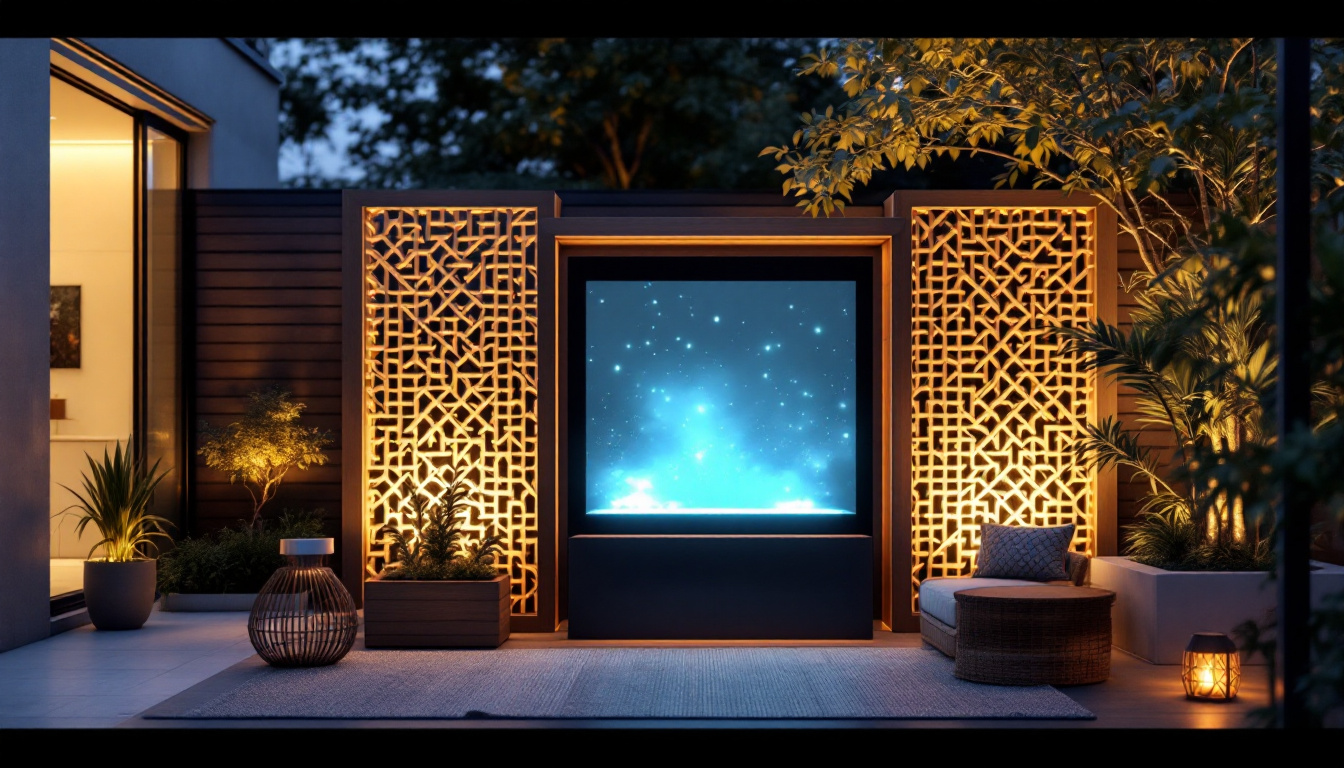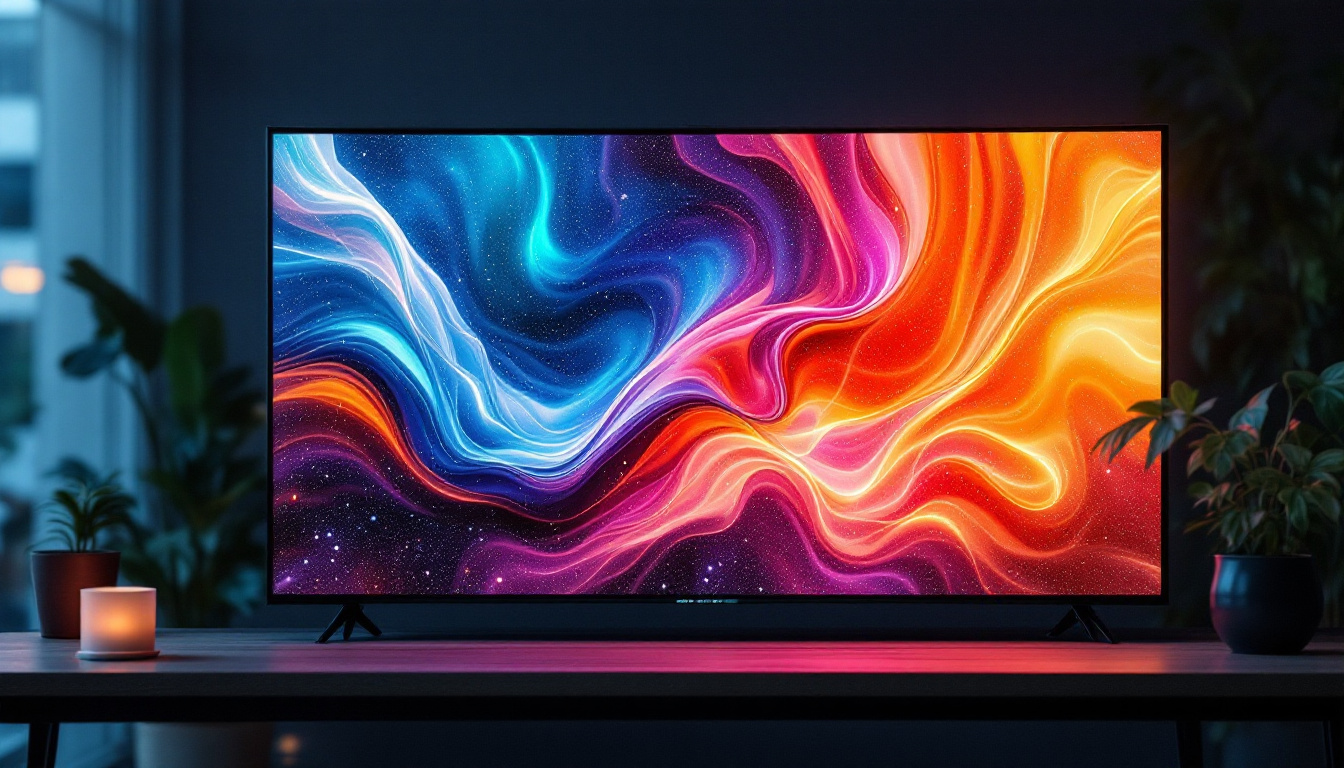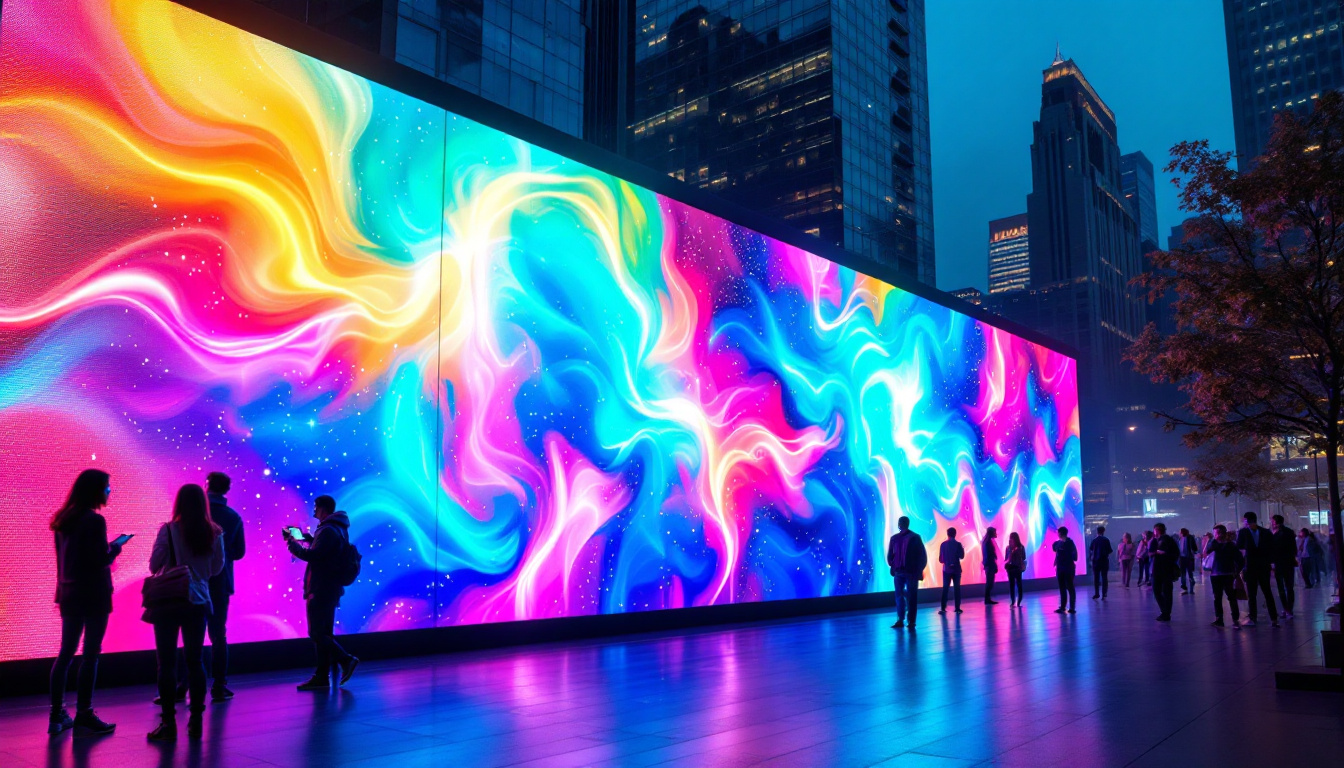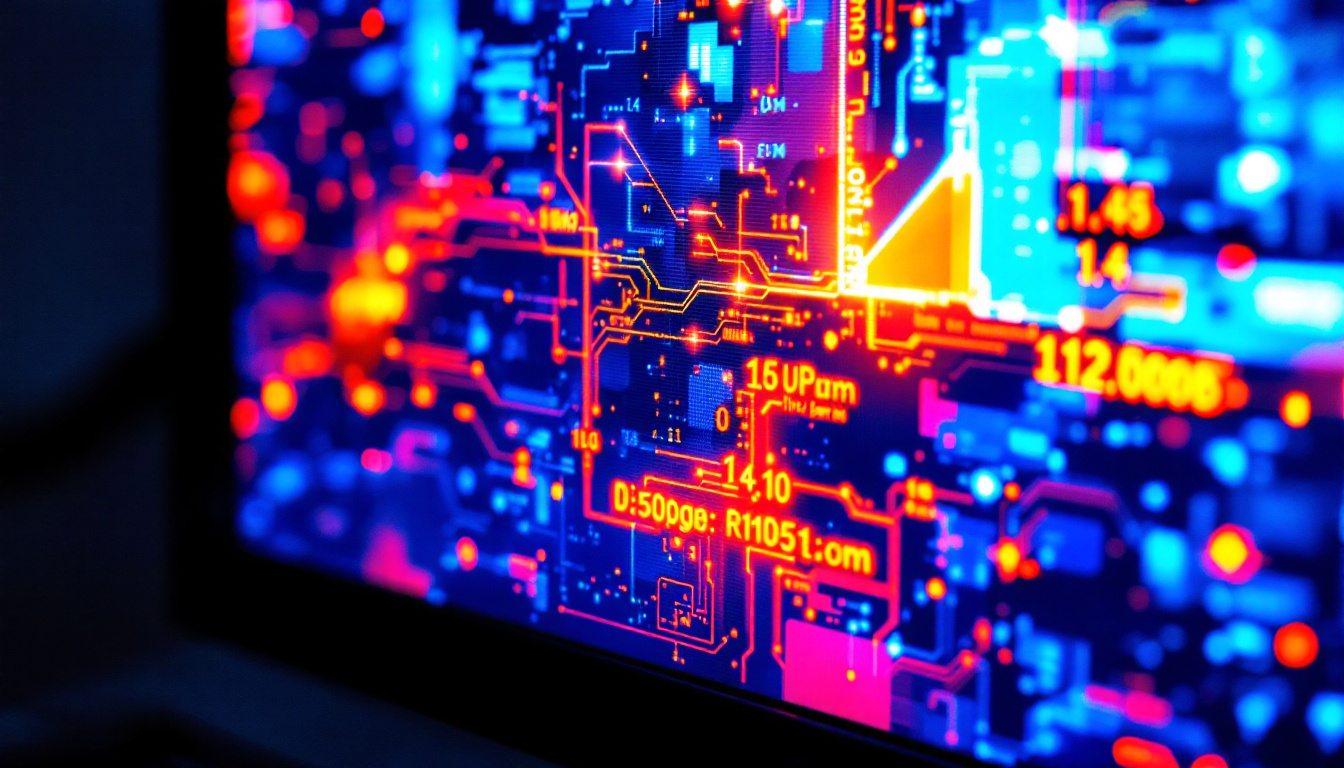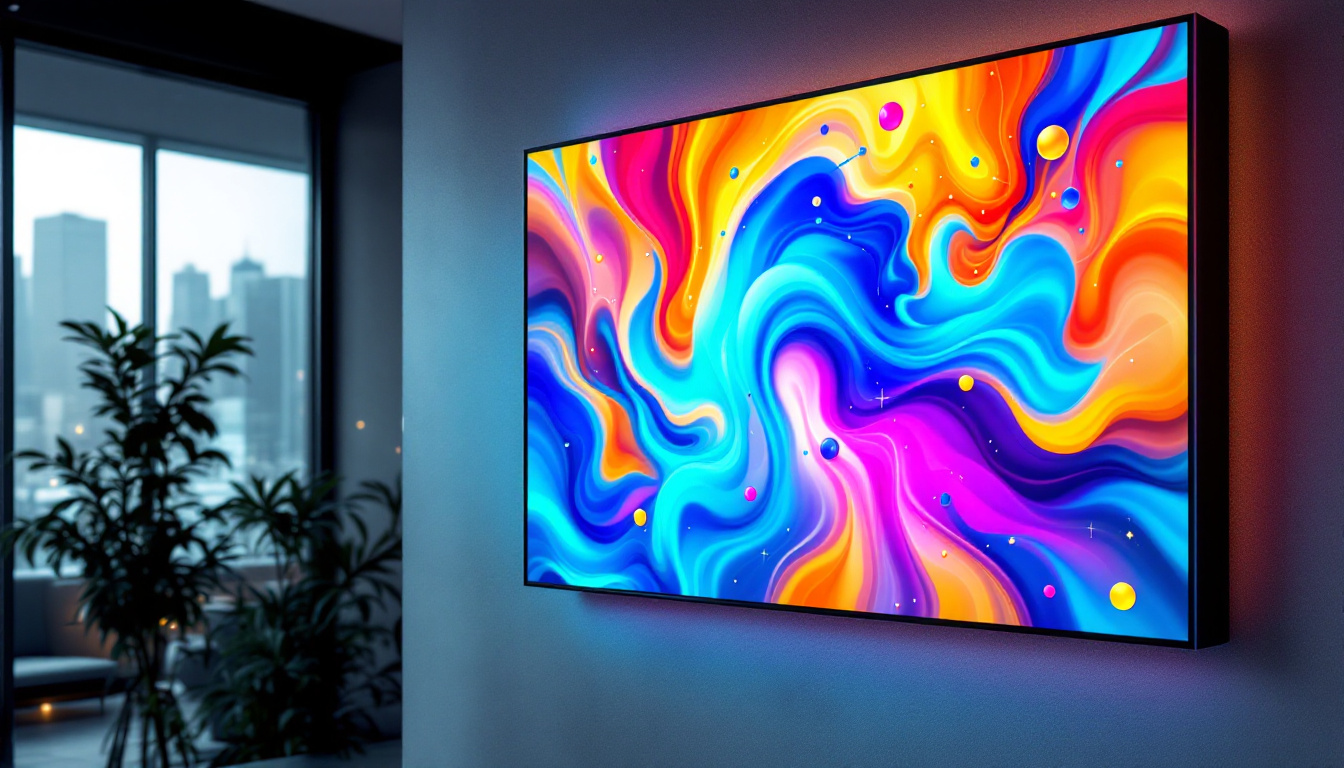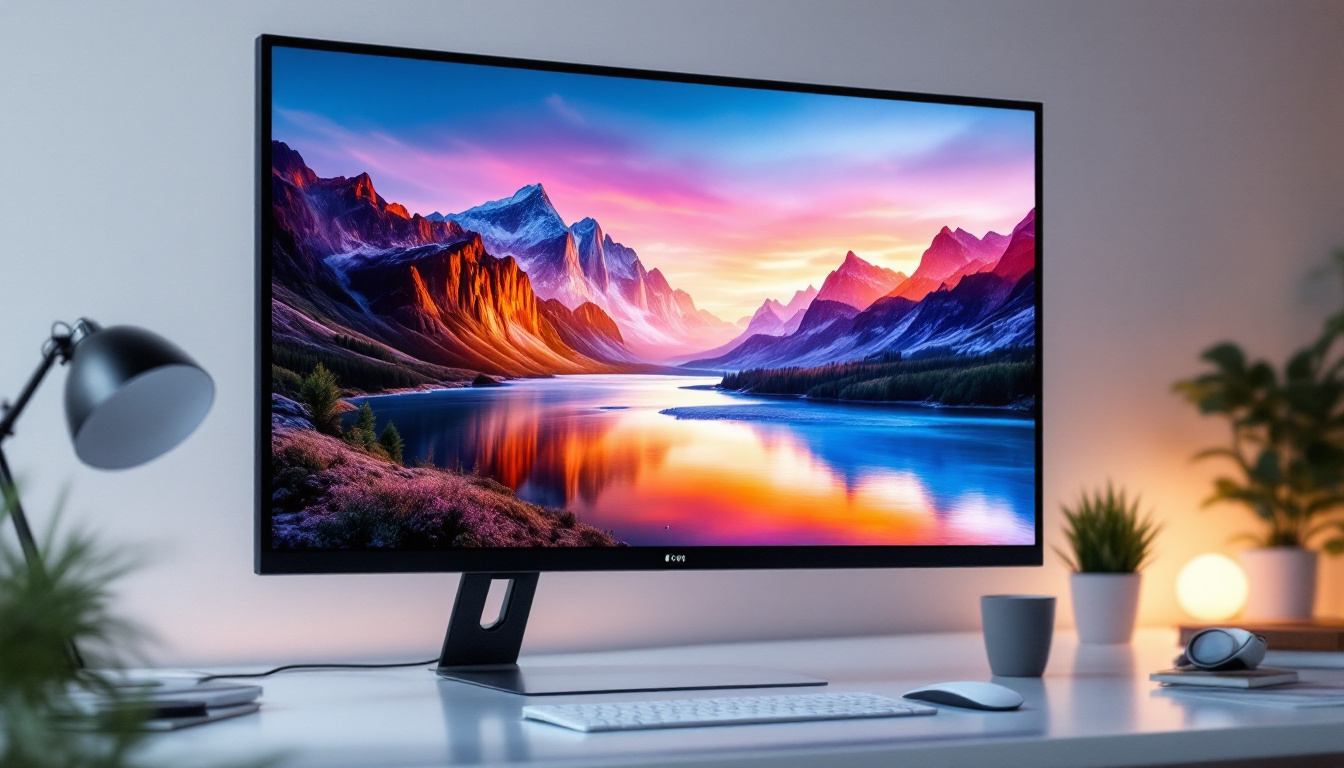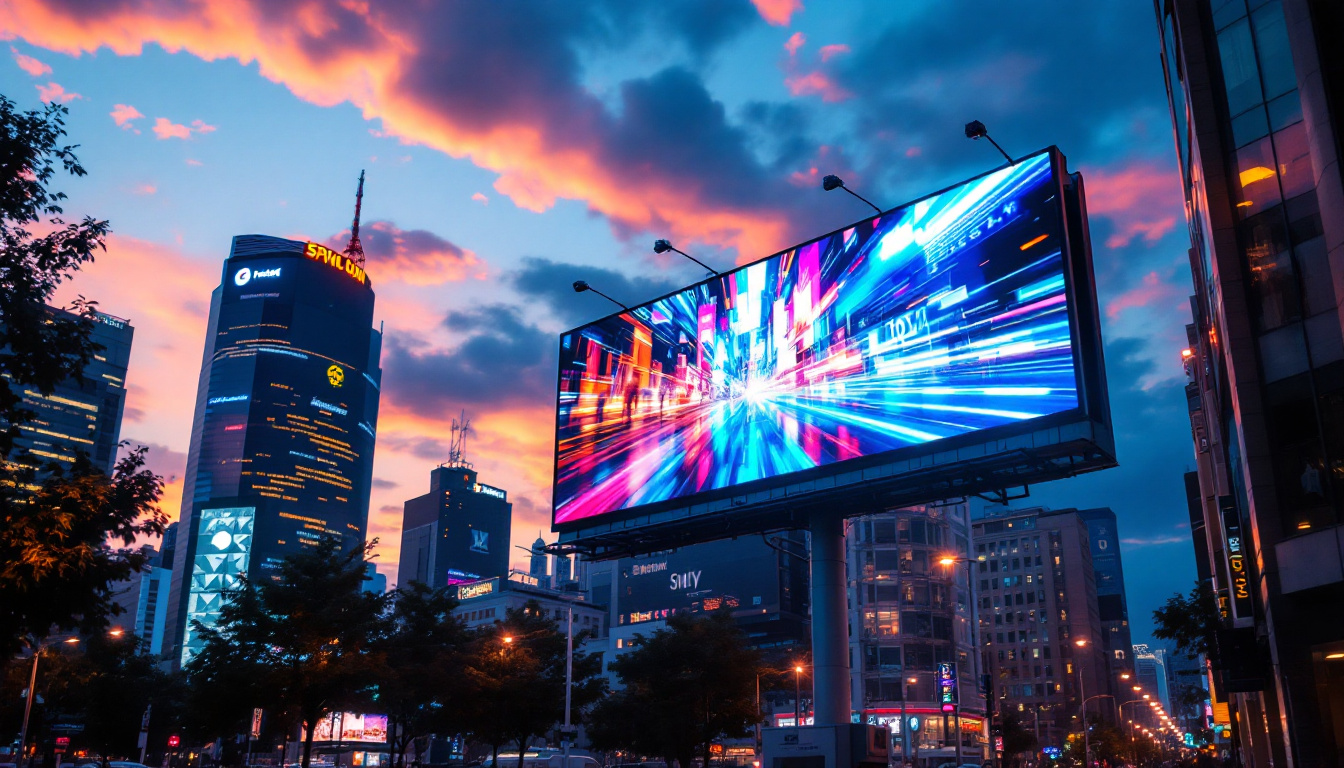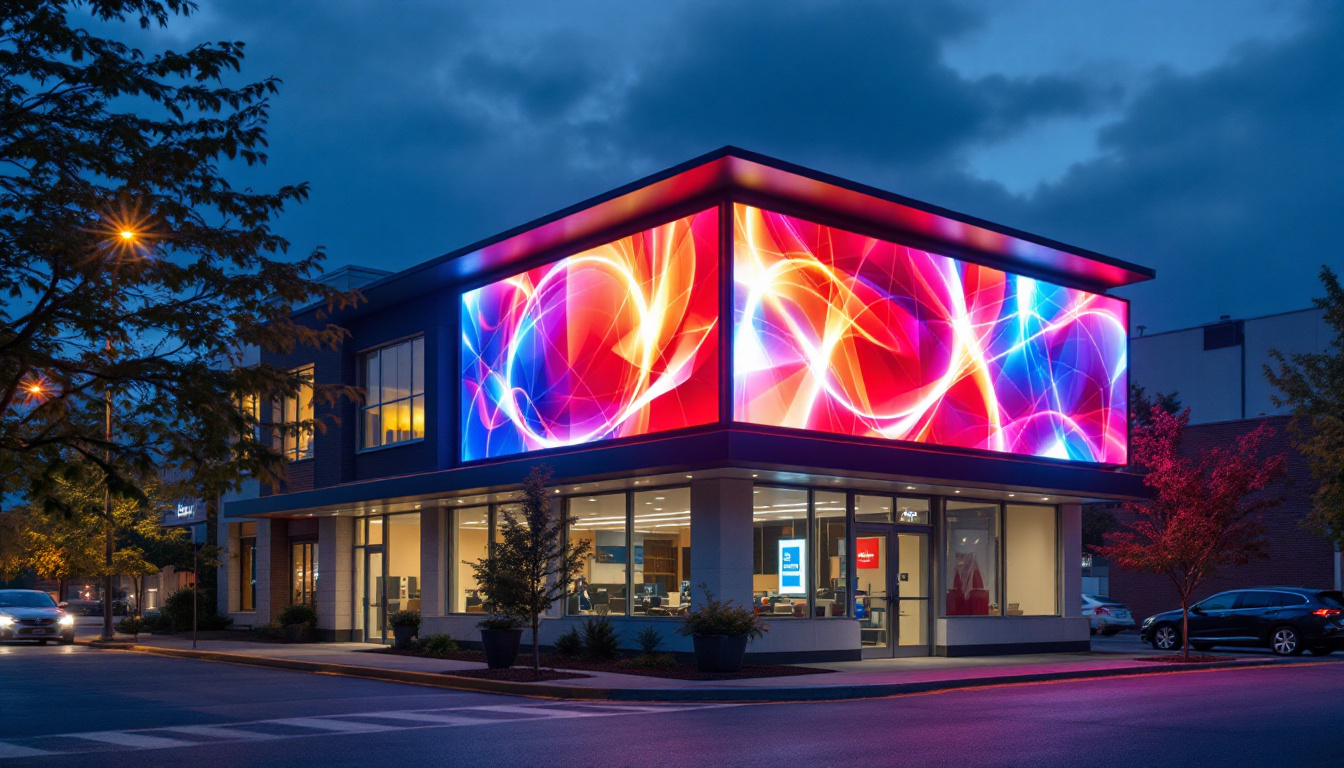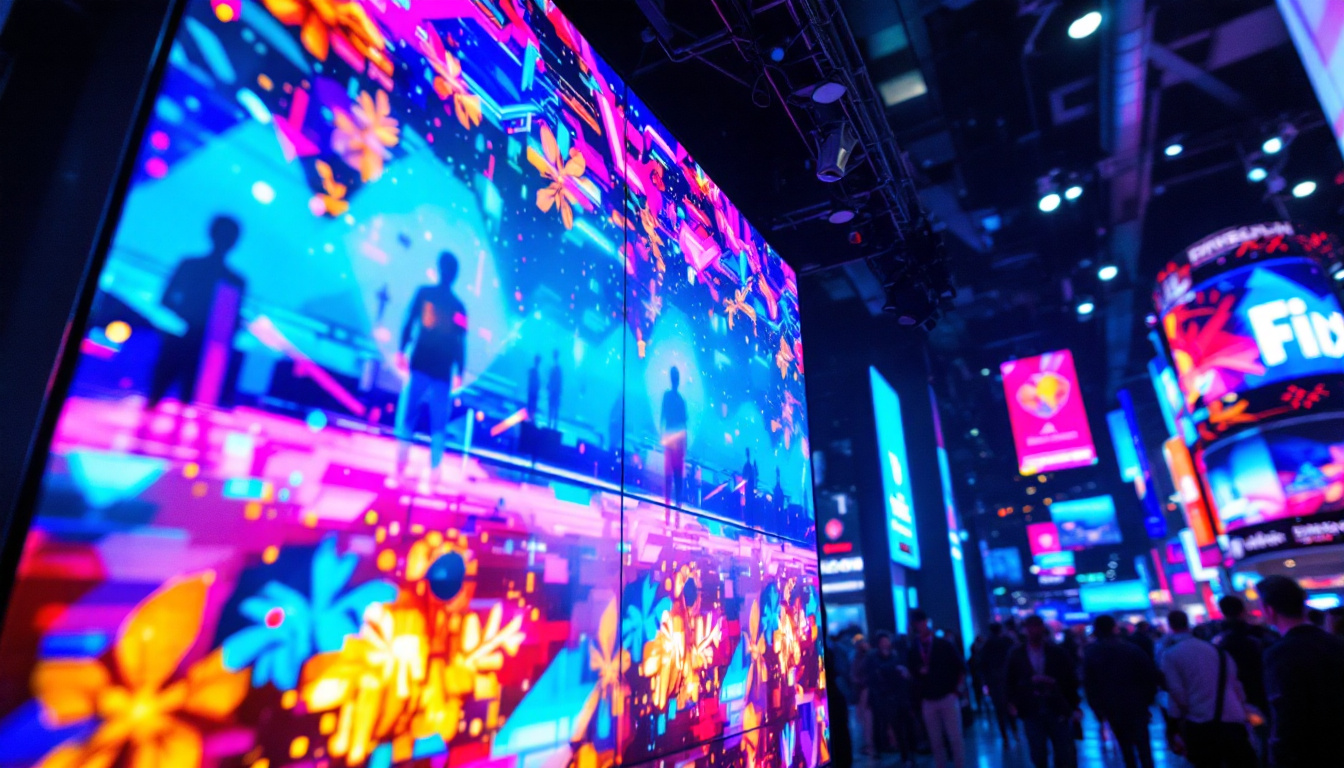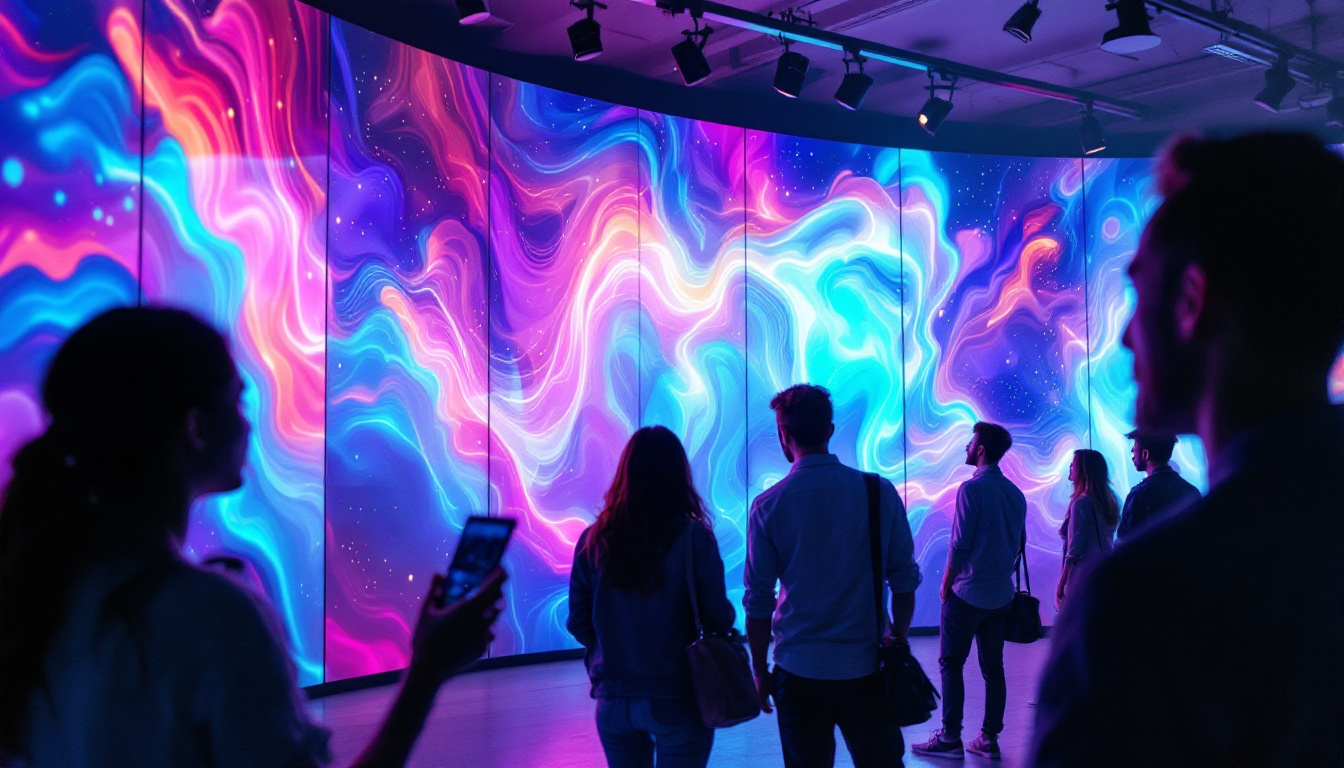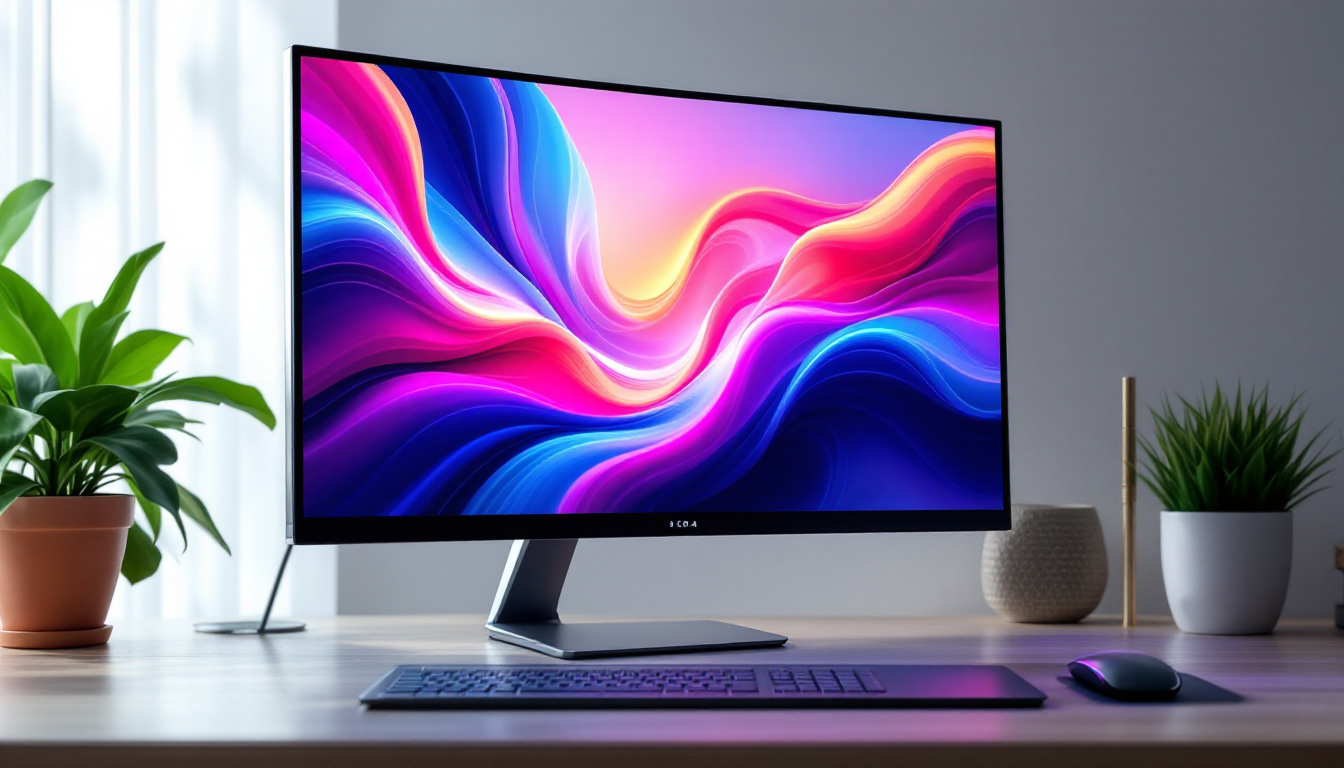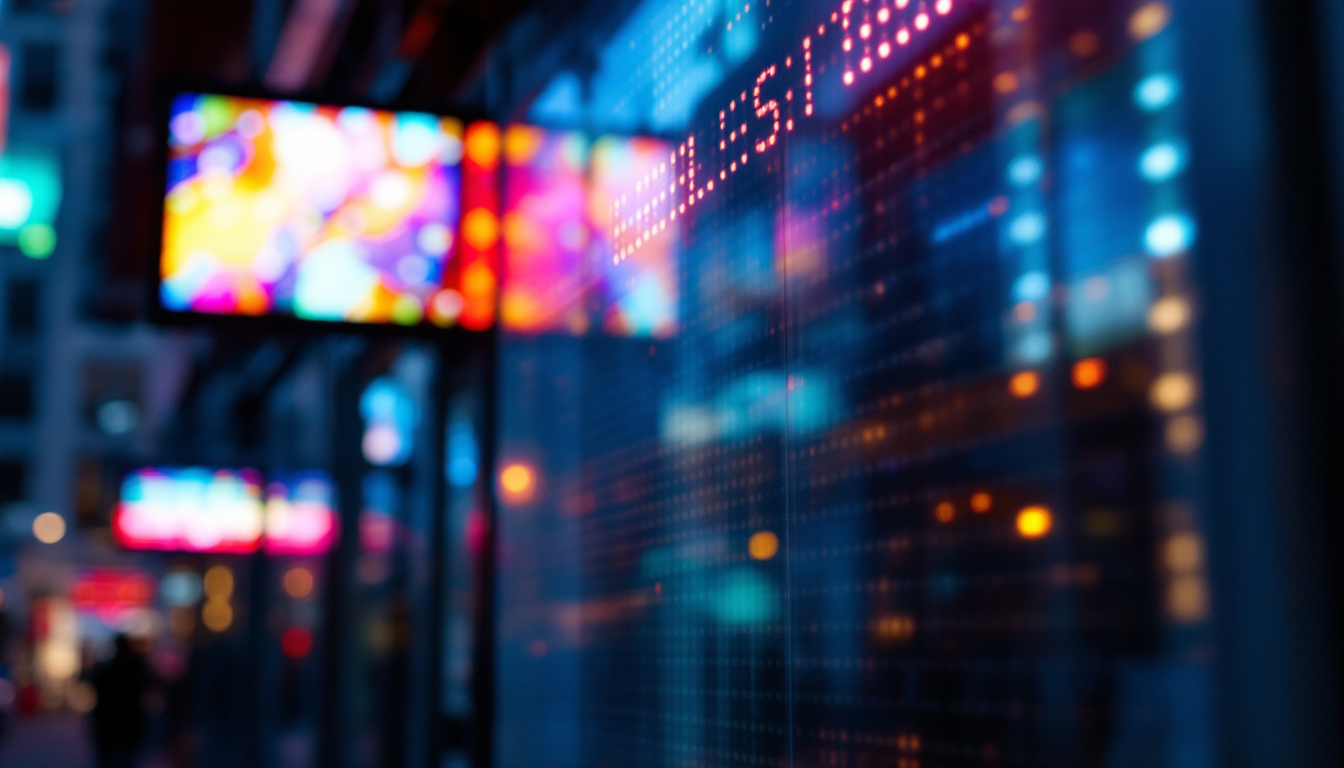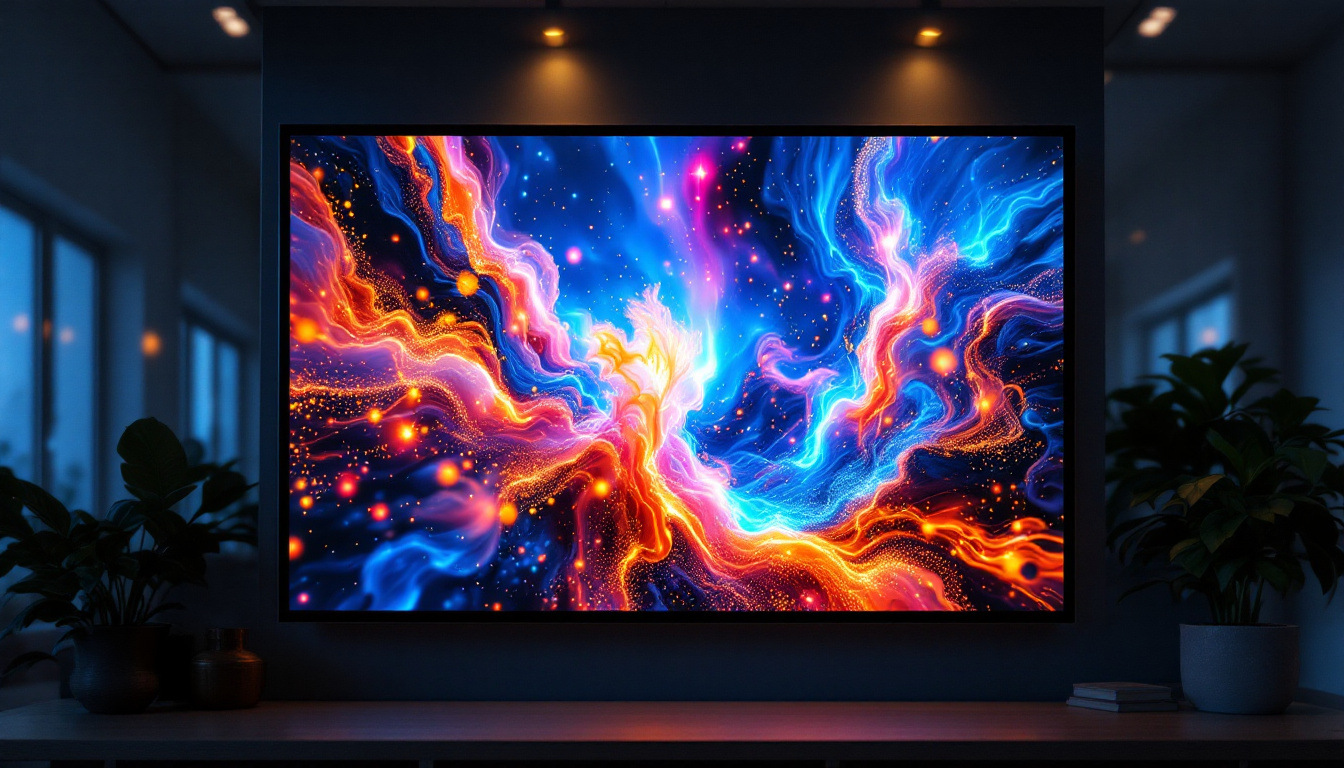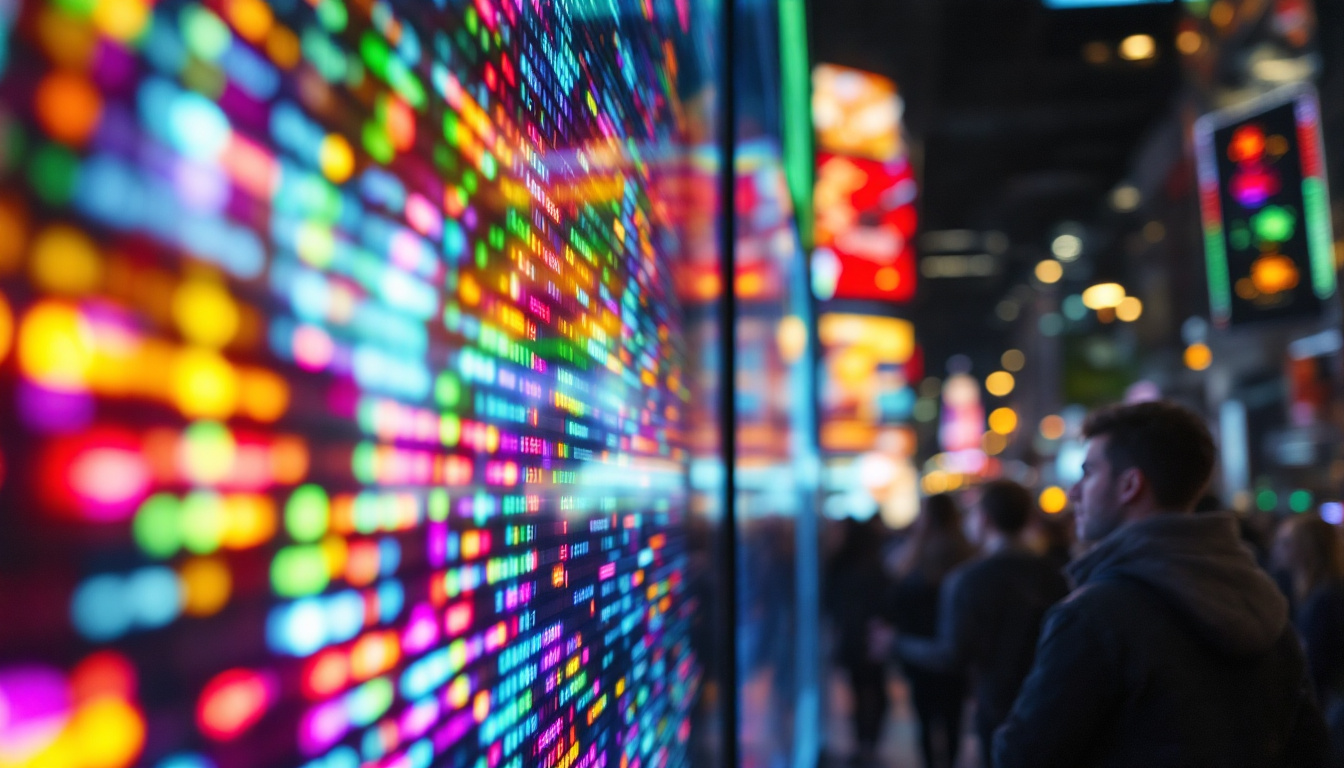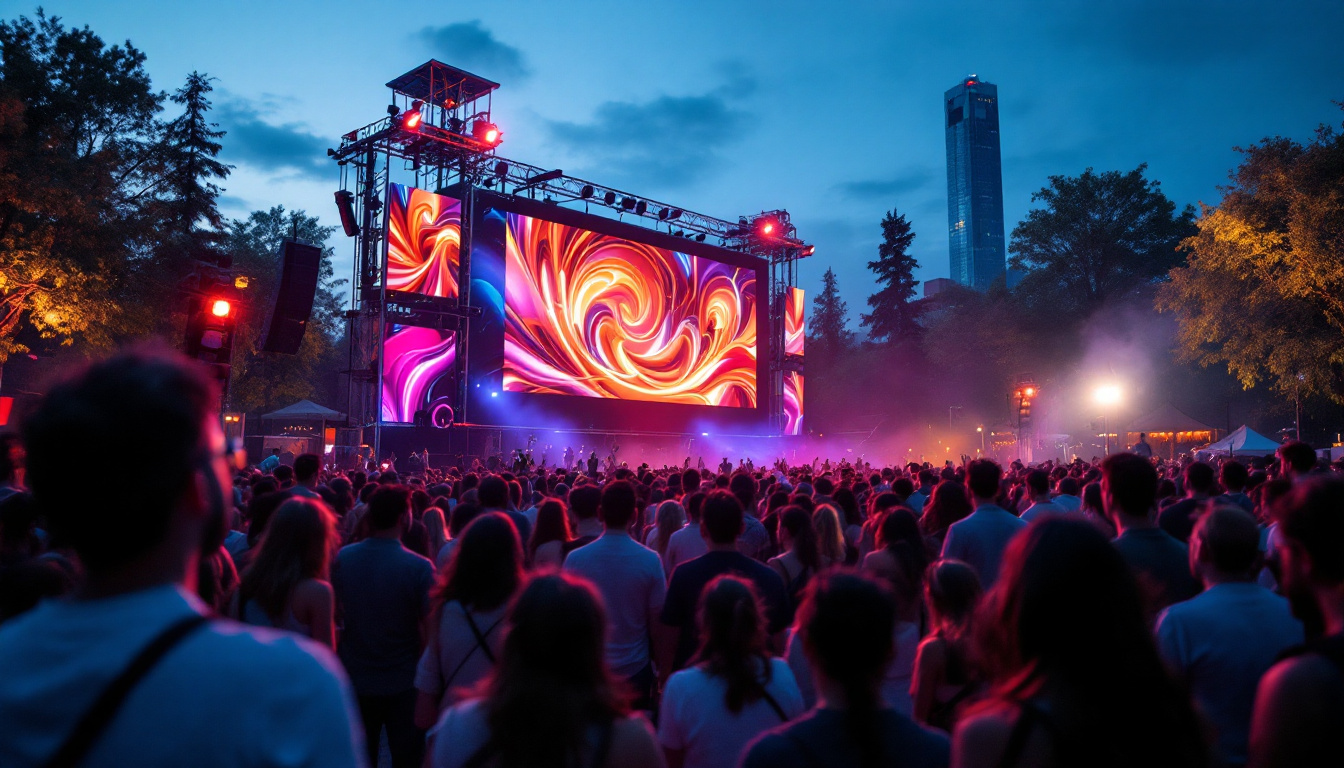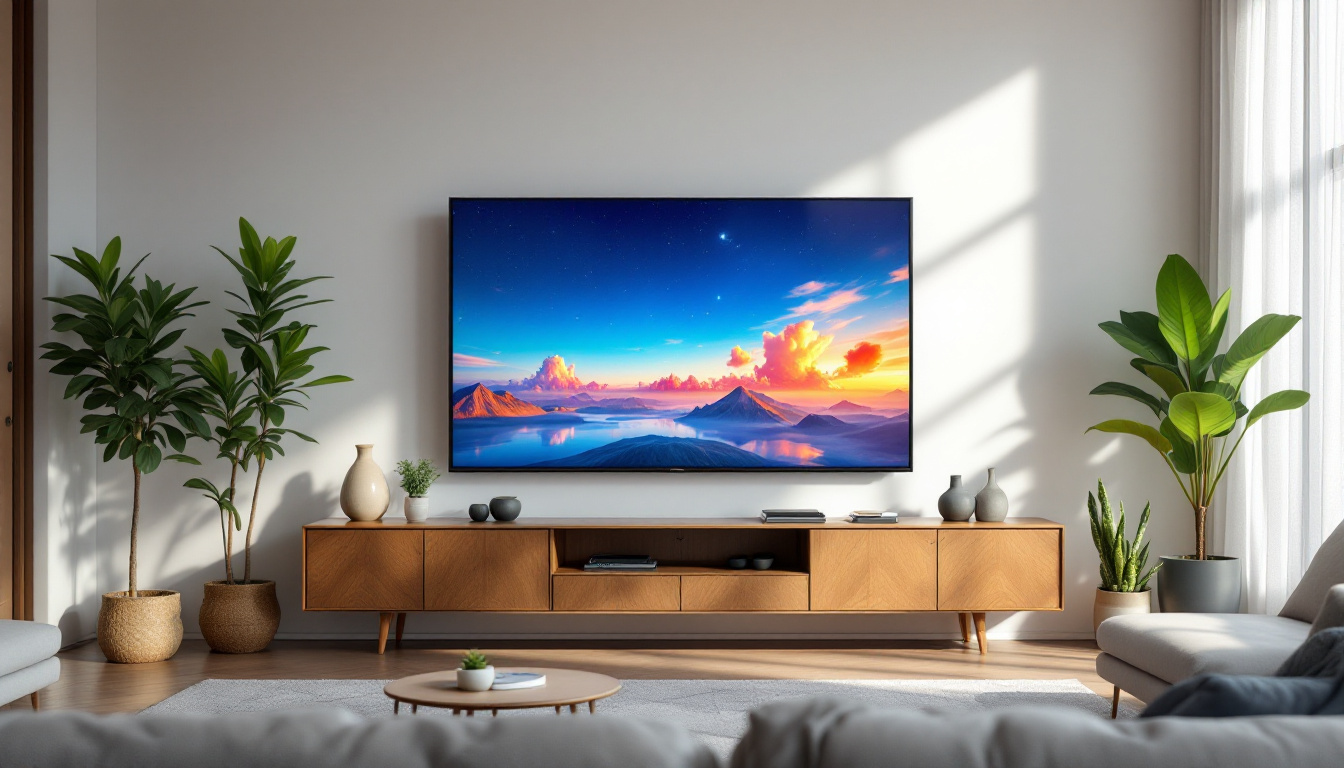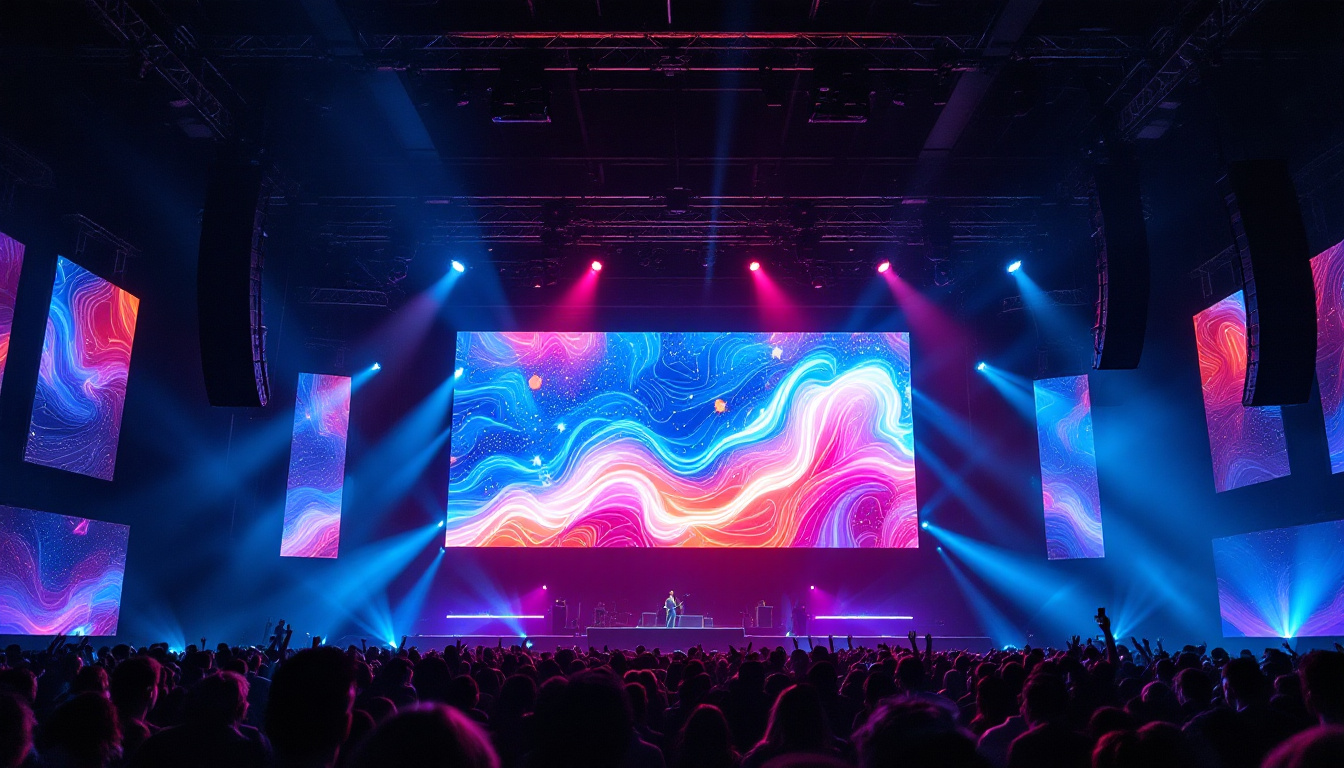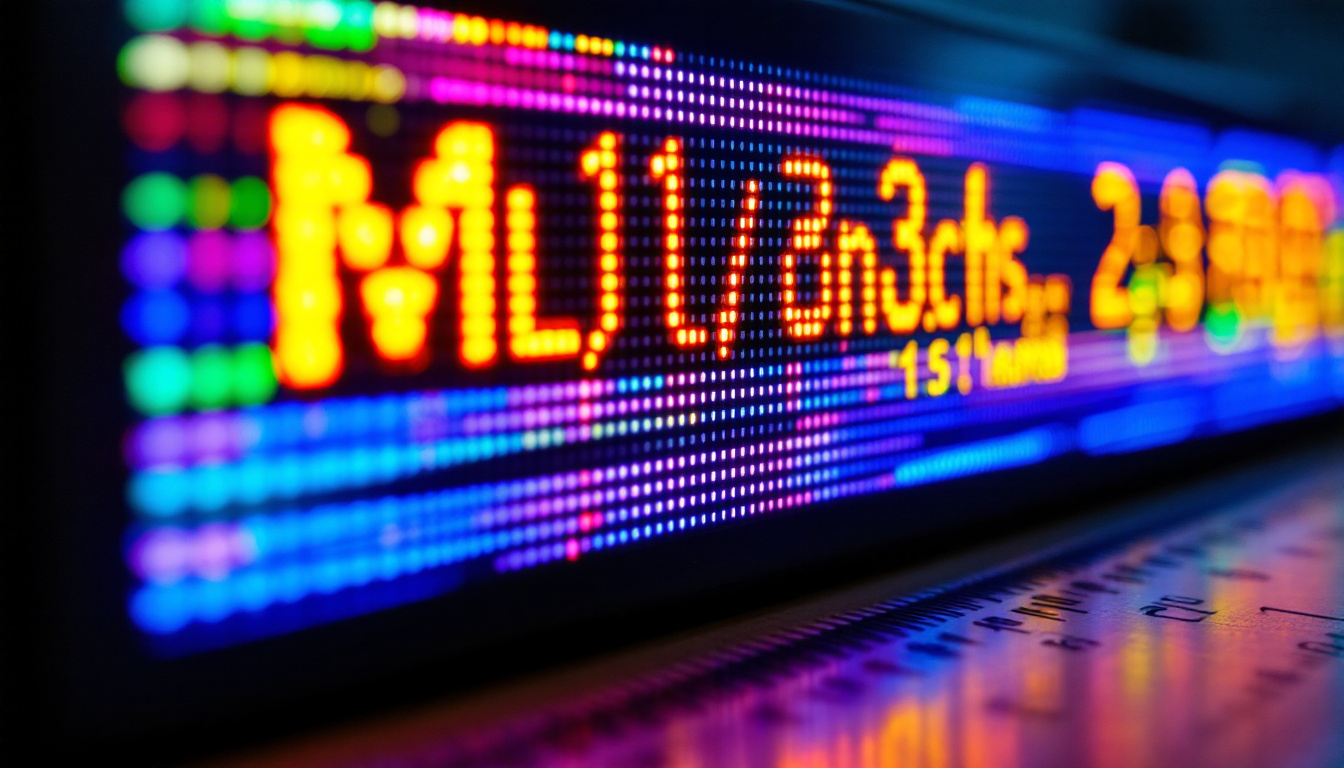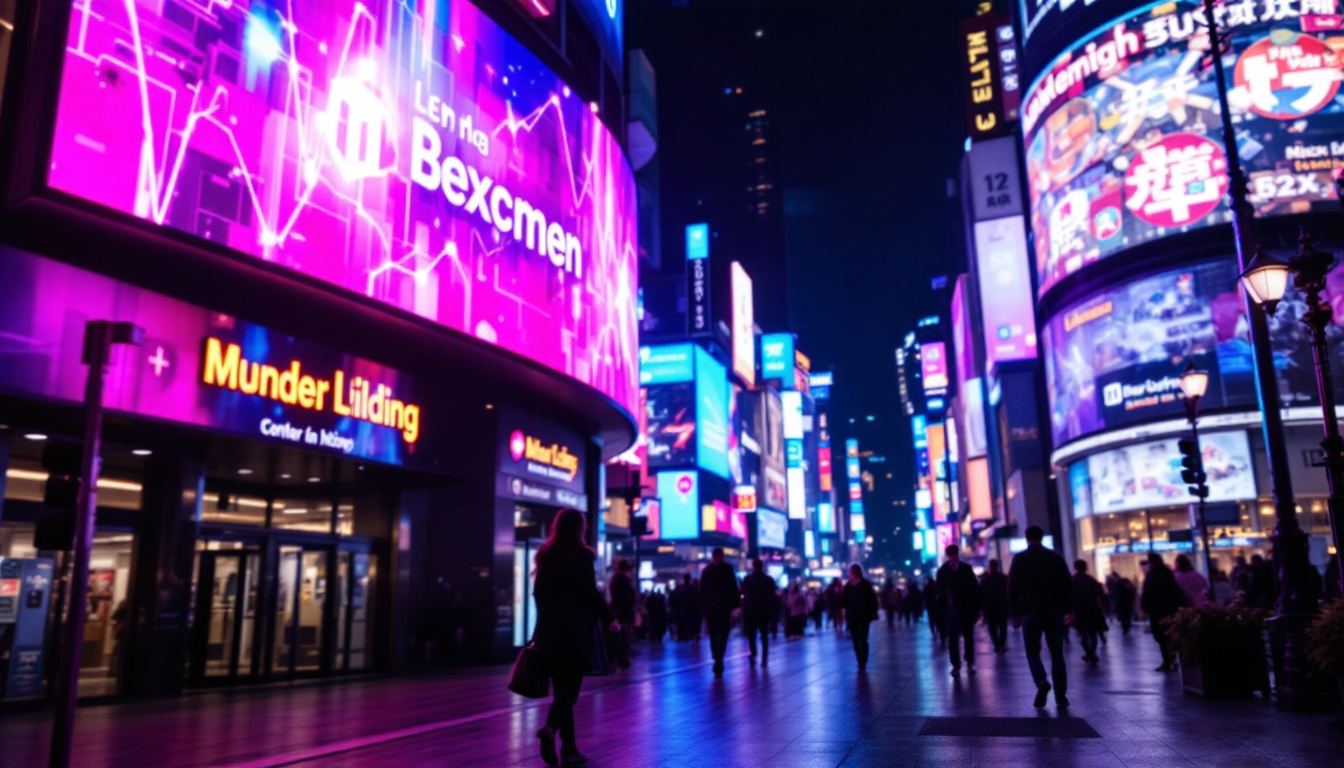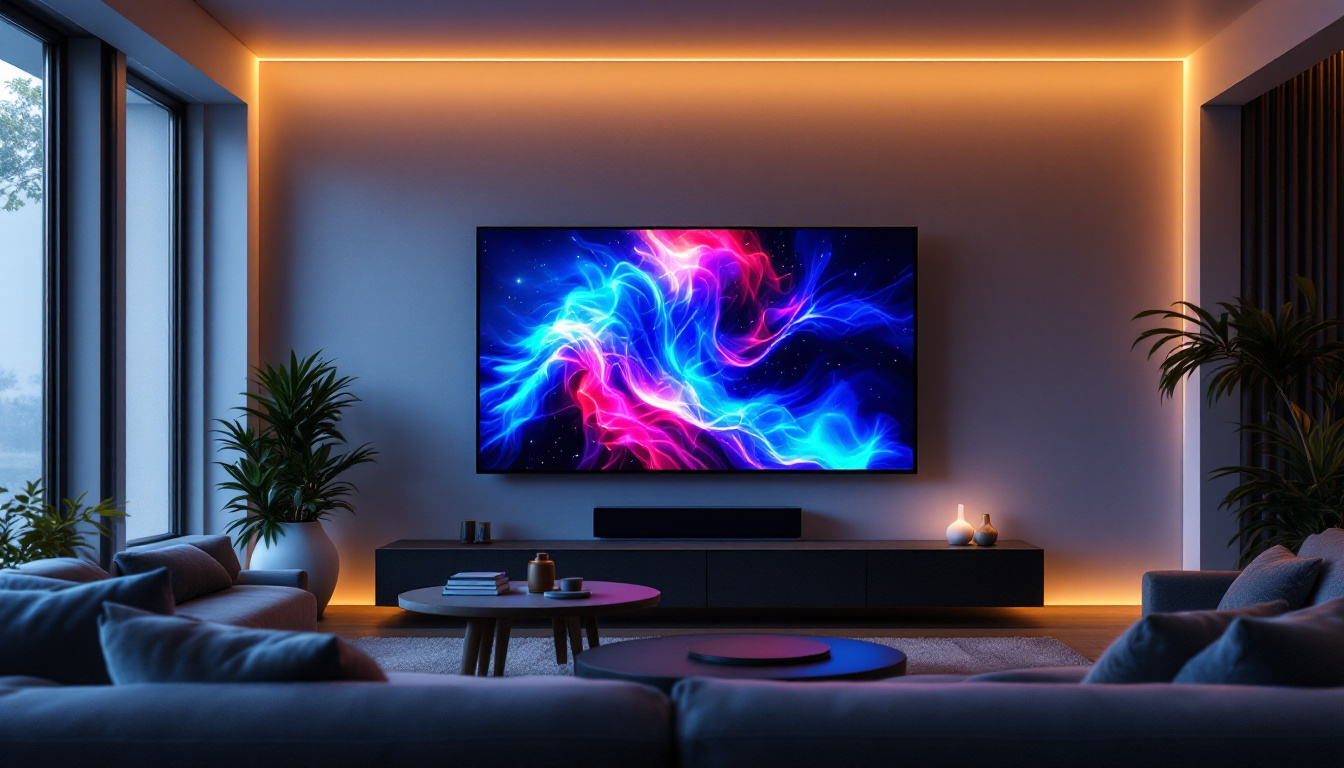In the fast-paced world of retail, capturing customer attention is paramount. One of the most effective ways to do this is through the use of digital displays, particularly LED displays. These vibrant, eye-catching screens have transformed the way retailers communicate with their customers, offering dynamic content that can be updated in real-time. This article delves into the intricacies of LED displays, exploring their benefits, types, and best practices for implementation in retail environments.
Understanding LED Displays
LED, or Light Emitting Diode, displays are a type of flat panel display technology that uses LEDs as pixels for video display. Unlike traditional LCD screens, LED displays provide brighter images with more vibrant colors and better contrast ratios. This technology has become increasingly popular in retail settings due to its versatility and effectiveness in engaging customers.
The Technology Behind LED Displays
At the core of LED display technology is the LED itself, a semiconductor device that emits light when an electric current passes through it. These displays can be categorized into two main types: direct view and backlit. Direct view LED displays consist of an array of individual LEDs that create the image directly, while backlit LED displays use LEDs to illuminate a liquid crystal display (LCD) panel.
Direct view LED displays are commonly used for large outdoor billboards and indoor video walls, providing stunning visual experiences. Backlit LED displays, on the other hand, are often found in smaller screens used for digital signage within stores. Both types offer unique advantages, making them suitable for various retail applications. The technology continues to evolve, with advancements such as microLED and miniLED paving the way for even finer pixel pitches and improved performance, which can lead to more immersive experiences for viewers.
Benefits of LED Displays in Retail
LED displays offer numerous benefits that make them an attractive choice for retailers. One of the most significant advantages is their ability to capture attention. The brightness and vibrancy of LED screens can draw customers in from a distance, effectively increasing foot traffic and engagement.
Additionally, LED displays are highly versatile. They can display a wide range of content, from promotional videos and advertisements to live social media feeds and interactive content. This flexibility allows retailers to tailor their messaging to specific audiences and occasions, enhancing the overall shopping experience. Furthermore, the energy efficiency of LED technology contributes to lower operational costs, making it a sustainable choice for businesses looking to minimize their environmental impact while maximizing visual appeal. With the capability to integrate with advanced analytics and content management systems, retailers can also track customer engagement in real-time, allowing for data-driven decisions that optimize marketing strategies and improve overall sales performance.
Types of LED Displays for Retail
Retailers can choose from a variety of LED display types, each designed for specific purposes and environments. Understanding these options is crucial for selecting the right display for a particular retail setting.
Indoor LED Displays
Indoor LED displays are designed for use within retail environments, such as stores, malls, and shopping centers. These displays are typically smaller than their outdoor counterparts and are optimized for viewing at close range. They can be used for a variety of applications, including product promotions, brand messaging, and wayfinding.
One of the key advantages of indoor LED displays is their ability to deliver high-resolution images and videos, ensuring that content is sharp and clear. Retailers can use these displays to create immersive experiences that engage customers and encourage them to explore products. Additionally, many indoor LED displays feature advanced color calibration technologies, which ensure that the colors displayed are vibrant and true to life, enhancing the overall aesthetic appeal of the retail space.
Furthermore, indoor LED displays can be integrated with other technologies, such as sensors and analytics tools, to track customer engagement and optimize content based on real-time data. This capability allows retailers to tailor their messaging to specific demographics or times of day, maximizing the impact of their advertising efforts.
Outdoor LED Displays
Outdoor LED displays are built to withstand the elements, making them ideal for use in outdoor environments such as storefronts, stadiums, and public spaces. These displays are typically larger and brighter than indoor displays, ensuring visibility even in direct sunlight.
Outdoor displays are often used for advertising, event promotions, and public announcements. Their durability and high brightness levels make them an excellent investment for retailers looking to attract attention from passersby. Many outdoor LED displays also come equipped with weatherproof casings and advanced cooling systems, allowing them to operate efficiently in extreme temperatures and varying weather conditions.
Moreover, the versatility of outdoor LED displays enables retailers to change content frequently, keeping their advertising fresh and relevant. This adaptability can be particularly beneficial during seasonal sales or special events, where timely promotions can significantly boost foot traffic and sales. Some outdoor displays even support video playback, allowing retailers to showcase dynamic content that captures the attention of potential customers.
Interactive LED Displays
Interactive LED displays take engagement to the next level by allowing customers to interact with the content displayed. These screens can incorporate touch technology, enabling users to browse products, access information, or participate in promotional games and contests.
By integrating interactive elements, retailers can create memorable experiences that encourage customer participation and increase brand loyalty. These displays are particularly effective in high-traffic areas where customers are likely to spend time engaging with the content. Additionally, interactive displays can be programmed to provide personalized recommendations based on user interactions, further enhancing the shopping experience.
Some interactive LED displays also utilize augmented reality (AR) features, allowing customers to visualize products in their own environment or try on virtual clothing. This innovative approach not only captivates customers but also helps them make informed purchasing decisions. As technology continues to evolve, the potential for interactive displays in retail settings will only expand, paving the way for even more engaging and immersive shopping experiences.
Best Practices for Implementing LED Displays
While LED displays offer significant advantages, their effectiveness largely depends on how they are implemented. Here are some best practices to consider when incorporating LED displays into a retail environment.
Content Strategy
Developing a clear content strategy is essential for maximizing the impact of LED displays. Retailers should consider their target audience and the types of messages that will resonate with them. Content should be visually appealing, concise, and relevant to the products or services being offered.
Additionally, retailers should regularly update the content to keep it fresh and engaging. This could include seasonal promotions, new product launches, or special events. Dynamic content that changes frequently can help maintain customer interest and encourage repeat visits.
Placement and Visibility
The placement of LED displays is critical for ensuring visibility and engagement. Retailers should strategically position displays in high-traffic areas where they are likely to capture the attention of customers. Consideration should also be given to the height and angle of the display to optimize viewing for different customer demographics.
Moreover, it is essential to ensure that the display is not obstructed by other elements in the store, such as shelving or signage. Clear sightlines will enhance the effectiveness of the display and encourage customers to engage with the content.
Maintenance and Support
Regular maintenance is crucial for keeping LED displays in optimal condition. Retailers should establish a maintenance schedule to check for issues such as pixel failures, brightness levels, and overall functionality. Prompt repairs can prevent downtime and ensure that the display remains an effective marketing tool.
Additionally, retailers should consider partnering with a reliable support service for technical assistance. This can help address any unexpected issues quickly and minimize disruptions to the display’s operation.
Case Studies: Successful Use of LED Displays in Retail
Many retailers have successfully integrated LED displays into their marketing strategies, leading to increased customer engagement and sales. Examining these case studies can provide valuable insights into the effective use of this technology.
Case Study: A Fashion Retailer
A well-known fashion retailer implemented large indoor LED displays in their flagship store to showcase their latest collections. By using high-resolution video content that highlighted the features of their clothing, the retailer was able to create an immersive shopping experience.
The displays were strategically placed near fitting rooms and high-traffic areas, encouraging customers to engage with the content while they browsed. As a result, the retailer reported a significant increase in foot traffic and sales during the campaign period.
Case Study: A Grocery Store Chain
A grocery store chain utilized outdoor LED displays to promote weekly specials and seasonal products. By displaying vibrant images of fresh produce and prepared meals, the chain was able to attract customers from the street and increase in-store visits.
The outdoor displays were updated frequently to reflect changing promotions, ensuring that the content remained relevant and engaging. This strategy led to a measurable increase in sales for featured products, demonstrating the effectiveness of LED displays in driving customer behavior.
The Future of LED Displays in Retail
As technology continues to advance, the future of LED displays in retail looks promising. Innovations in display technology, such as improved resolution, energy efficiency, and interactive capabilities, are expected to enhance the effectiveness of these displays even further.
Integration with Augmented Reality
One of the most exciting developments on the horizon is the integration of LED displays with augmented reality (AR). This technology allows retailers to overlay digital content onto the physical world, creating interactive experiences that can engage customers in new and innovative ways.
For example, customers could use their smartphones to scan a display and see additional information about a product, view styling options, or even try on virtual clothing. This level of interactivity could revolutionize the shopping experience, making it more engaging and personalized.
Increased Personalization
As data analytics and artificial intelligence continue to evolve, retailers will be able to create more personalized content for their LED displays. By analyzing customer behavior and preferences, retailers can tailor messages to specific audiences, increasing the likelihood of conversion.
This personalized approach will not only enhance customer engagement but also foster brand loyalty, as customers feel more connected to the products and services being offered.
Conclusion
LED displays have become an integral part of the retail landscape, offering dynamic and engaging ways for retailers to connect with their customers. By understanding the technology, benefits, and best practices for implementation, retailers can harness the power of LED displays to enhance their marketing strategies and improve the overall shopping experience.
As the retail industry continues to evolve, staying ahead of the curve with innovative display technologies will be crucial for success. Embracing LED displays not only captures customer attention but also creates memorable experiences that drive sales and foster brand loyalty.
Discover LumenMatrix LED Display Solutions
Ready to elevate your retail space with the latest in LED display technology? LumenMatrix is at the forefront of creating immersive visual experiences that captivate customers and amplify your brand’s presence. From vibrant Indoor LED Wall Displays to robust Outdoor LED Wall Displays, and from versatile Vehicle LED Displays to innovative Custom LED Solutions, we have a wide array of options to fit your unique needs. Embrace the future of retail with LumenMatrix’s cutting-edge solutions and transform the way you communicate with your audience. Check out LumenMatrix LED Display Solutions today and start making a lasting impression!

